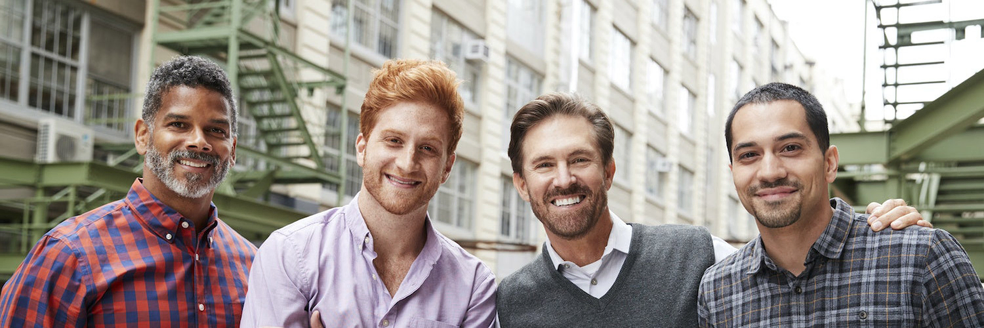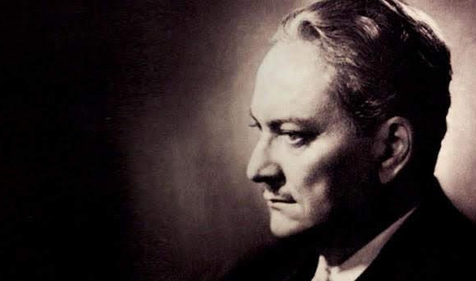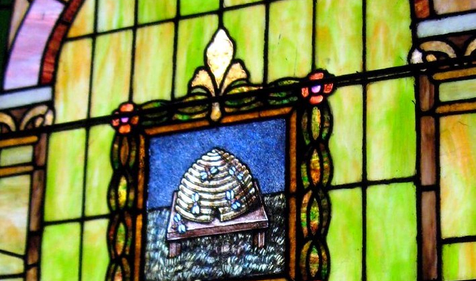Learn how millennials view Freemasonry and how to bridge the gap between current Masons and the next generation through new Scottish Rite, NMJ research.
The lessons, values, and traditions of Freemasonry have been passed from generation to generation for nearly three centuries. Indeed, reverence for this history is a critical part of joining the Craft, and we treat the men who came before us with the utmost respect. However, if we intend to grow our fraternity for generations to come, we must look to the future and focus our efforts on bringing in new Masons who can carry us forward.
Millennials, sometimes known as Generation Y, are those who were born between 1981 and 1996. Today they are the largest generation group in the United States, comprising over 20% of all Americans, and our research tells us they are the primary group interested in Freemasonry.
With this knowledge, it is important to understand the best way to reach and connect with these men. Based on evidence-backed data from our newest study, we’ve outlined the top four critical things to know about this generation and how you can best utilize this information to attract new Brothers.
1. Millennials are the target market for Freemasonry
In 2023, the Scottish Rite, NMJ completed comprehensive research that explored how the Craft appeals to men today and revealed why Freemasonry is well-positioned for long-term growth.
Through that research, we discovered an impossible-to-ignore generational shift in Freemasonry’s demographic, with millennials now the primary target for membership. The data shows that 77% – nearly eight in ten – of millennial men expressed interest in joining our brotherhood once they learned more about it. That’s more than any other generation in the country.
2. A call to service is a key marker of millennials’ identity
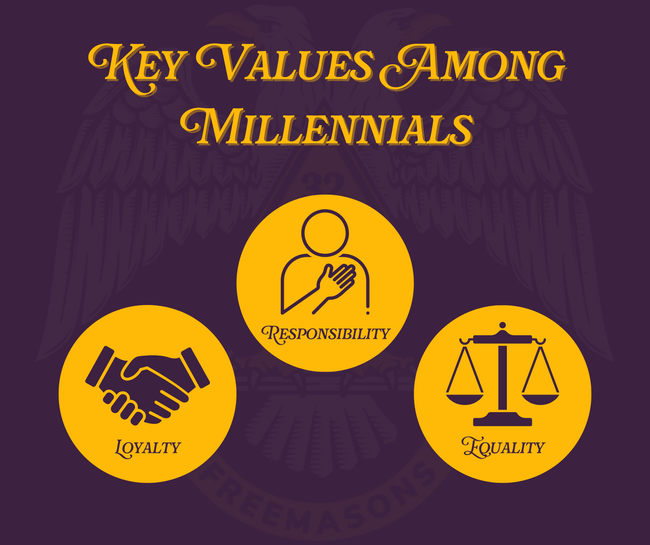
Modern societal influences and their life stage are calling millennials to the tenets and values of the Craft in a way they haven’t before. Research shows loyalty, equality, and responsibility are the strongest values among this demographic. As Freemasons, these values are central to how we conduct ourselves each day. Millennial men naming these as their primary values is a clear indicator they are predisposed to find and join Freemasonry as an option for fulfillment.
Furthermore, as millennials progress through their everyday lives and professional journeys, they have more time to seek meaningful experiences. Their desire to contribute to society and put their skills to good use aligns perfectly with Freemasonry’s message of helping those most vulnerable.
3. Modern men are lonely
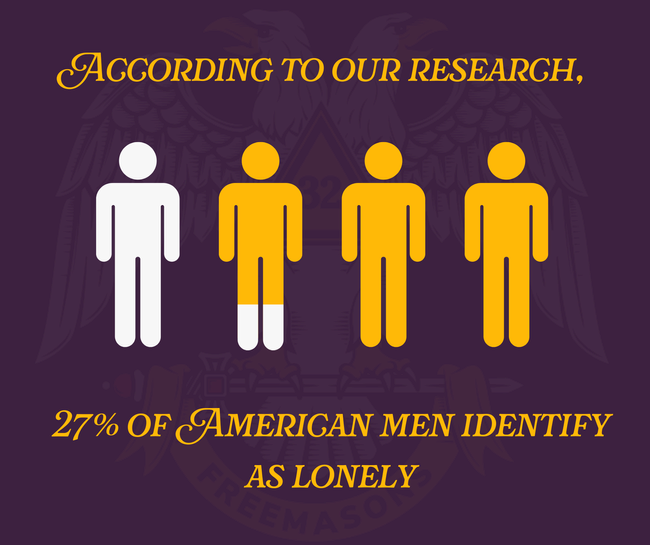
There is a “loneliness epidemic” in the United States that is well documented. Our own study shows that over one in four men (27%) identify as lonely. The traditional methods for men to make social connections are eroding, as there is less religious involvement, lower marriage rates, and an increase in remote working. All of this contributes to a drastic increase in disconnection, particularly among single men.
One striking statistic reveals that one in five unmarried and non-romantically involved American men confess to lacking close friends. For those with three or fewer close friends, feelings of loneliness and isolation are quite common, with over half admitting to experiencing these emotions at least once in the seven days before the survey. Given this trend, it should be no surprise that the men we surveyed reported a significant desire to join local groups, with millennials showing the most interest.
Freemasonry has an uncanny ability to provide relief to the loneliness epidemic. As we consider the desire for connection and combine it with the aligned moral and ethical values between millennials and Freemasons, it further proves the opportunity is ripe for the Craft to expand with this rising generation.
4. Millennials live in the digital world

The overwhelming majority of millennials use social media. 93% are on these platforms, and 86% use them every day. Why is this important?
Whatever our personal feelings about social media and the internet are, the fact that millennials use it to such an overwhelming extent teaches us how they connect, learn, and navigate life. For us to continue Freemasonry’s traditions in the years to come, we must recognize the importance and validity of digital outreach. That is to say that only by reaching our target audience where they are – and for millennials that means going online – can we expect to attract new members to our brotherhood.
Making Millennial Masons
We have seen successful marketing and research that confirms there is a strong interest in Freemasonry. Despite this, decades of stagnant membership growth indicate that lodges are not doing enough to welcome new Masons. Whether this is due to time, effort, resources, or know-how, the fraternity must do better if we hope to keep the light of the Craft glowing for future generations.
No matter the reason Freemasonry has struggled to grow in the modern era, we know the remedy is two-fold:
1. We need to follow up with interested men
Since BeAFreemason.org was built through a collaborative effort between the Scottish Rite, NMJ, the Southern Jurisdiction, and Shriner’s International, more than 100,000 men have inquired specifically about how to join. Of those men, 83% never heard back from a Lodge or Grand Lodge after submitting an inquiry.
In other words, when it comes time for a Grand Lodge or local Lodge to take over bringing in these men to the Craft, more often than not, they don’t. More direct follow-up and subsequent accountability by those responsible for members must be prioritized in Freemasonry across the country.
The good news is that despite the lack of follow-up, 98% of these men surveyed are still interested in becoming a Freemason. We have a huge opportunity to bring in new members by simply following up with these men. If we can achieve this, we will ensure Freemasonry continues to thrive.
2. We need to think differently about online prospects
Historically, prospects who inquire to join through an online query have been viewed as “spam” or deemed less worthy of membership. Although unintentional, some lodges maintain the perception that men who inquire online won’t meet their standards for membership.
As we can see from the data above, the vast majority of millennials are active on social media and the internet. For them, it is completely normal to try to join a membership organization digitally.
It’s up to us to change our perception of digital prospects. This begins by taking the time to kindly explain to Brethren why digital recruitment and follow-up are worthwhile. If we can implement systems to encourage initiative, transparency, and accountability, we can unite Masons to support the growth of our Brotherhood.
We encourage you to read our full research on why the fraternity is well-positioned for longer-term growth, The Path Forward: Empowering the Future of Freemasonry.
You can also read Follow-Up: Freemasonry’s Not-So-Secret Weapon to learn why effective follow-up strategies are so critical to growing our fraternity, as well as teach Masons what effective follow-up looks like. Find out how Lodges across the jurisdiction have successfully implemented follow-up procedures and learn to replicate their efforts in your Lodge, Grand Lodge, or Valley.
Related Stories
Discover additional Scottish Rite blogs and news on this topic.
-
Manly P. Hall: Philosopher, Mystic, and Freemason
Famous Masons
Read More about Manly P. Hall: Philosopher, Mystic, and Freemason
-
What Does the Beehive Mean in Freemasonry?
Degrees
Read More about What Does the Beehive Mean in Freemasonry?
-
Was Robert Burns a Freemason?
Famous Masons
Read More about Was Robert Burns a Freemason?
